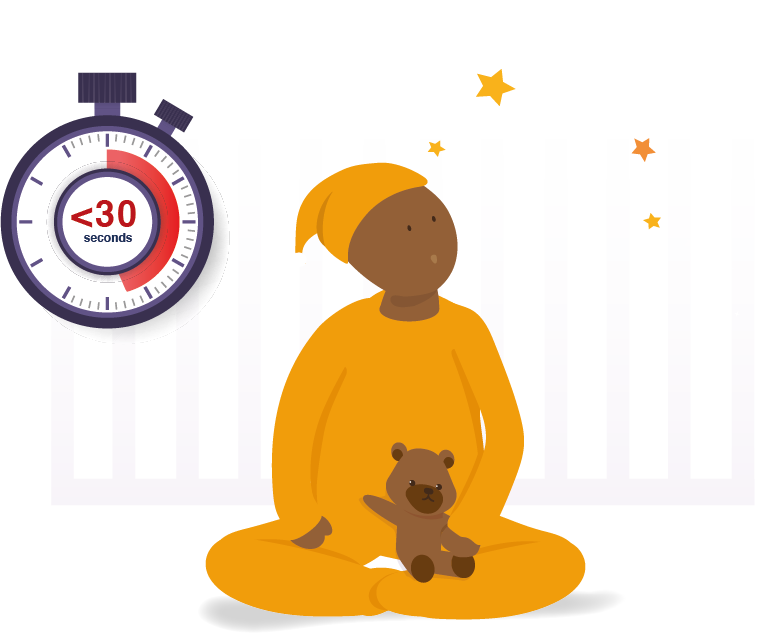SHARE
Caring for Babies with Epilepsy
Being a new parent is hard. Worrying about your baby having a seizure as a new parent is even harder. One of the best things you can do to help you and your baby is to build your epilepsy knowledge. Learning about the signs of seizures in babies, what types of seizures they have, and how to manage them can help you feel more comfortable in your new role.
Causes of Seizures
In children less than 1 year old, it can be hard to pinpoint the exact cause of a seizure. Your doctor may be able to figure out if the child’s seizure is caused by epilepsy. Common causes of epilepsy in children younger than a year old include:
- Newborn illnesses (lack of oxygen, infection, or brain injury)
- Abnormal brain development in the womb
- Genetic disorders
- Encephalitis (inflammation of the brain)
2 out of 3 children grow out of their seizures by the time they are teenagers.
Signs and Types of Seizures in Babies
Most people think about seizures as someone jerking, shaking, and blacking out. However, the signs of seizures in babies can be different and harder to see. You may think nothing is wrong at first. That’s why it is important to know how seizures are different in babies than in adults and what the signs are when your baby is having a seizure:
Febrile seizures: Your baby may roll their eyes and stiffen/jerk their arms and legs. These seizures are normally caused by high fevers, usually above 102 degrees Fahrenheit.
4 out of every 100 children, age 6 months to 5 years, have at least one febrile seizure
Infantile spasms: Your baby may bend forward or arch their back as their arms and legs stiffen. These spasms happen when a baby is waking up, going to sleep, or after being fed. These seizures are more rare and happen during a baby’s first year (usually between 4 and 8 months)
Focal seizures. Your baby may sweat, vomit, and become pale. Muscles in their fingers, arms, or legs may get stiff. Also, watch out for gagging, lip smacking, screaming, crying, and loss of consciousness.

Absence (petit mal) seizures. Your baby may look like they are staring into space or daydreaming. They may blink rapidly or look like they are chewing. These seizures typically last less than 30 seconds and may happen several times a day.
Atonic (drop attack) seizures. Your baby may suddenly lose muscle strength and go limp. Their head may drop suddenly. If they are crawling or walking, they might fall.
Tonic seizures. Parts of your baby's body (arms, legs) or their entire body suddenly stiffen.
Myoclonic seizures. A group of muscles, usually in the baby's neck, shoulders, or upper arms, start to jerk. These seizures usually occur in clusters, several times a day and several days in a row.
Testing for Epilepsy in Babies
- MRI (Magnetic Resonance Imaging): Detects any structural problems in the brain
- EEG (Electroencephalogram): Detects electrical activity in the brain
- Blood and urine tests: Detect chemical disorders or problems with metabolism
- Chromosome tests: Detect genetic disorders
- Spinal tap (taking fluid out of spine): Detects infection or other disorders